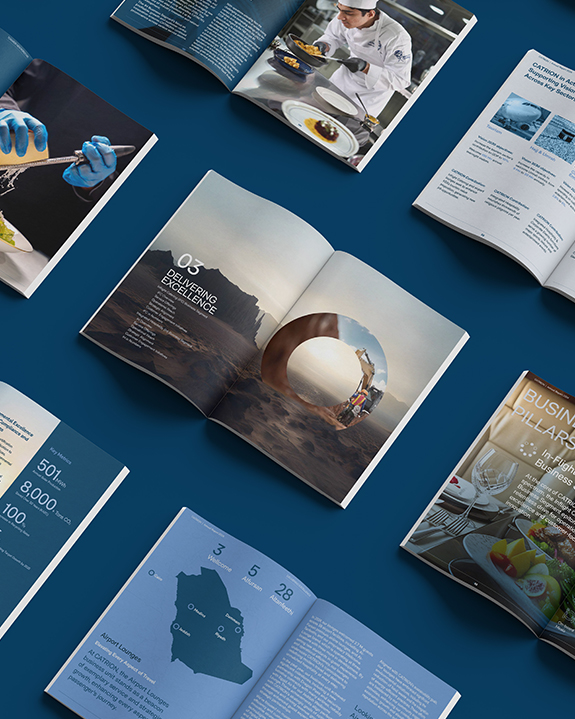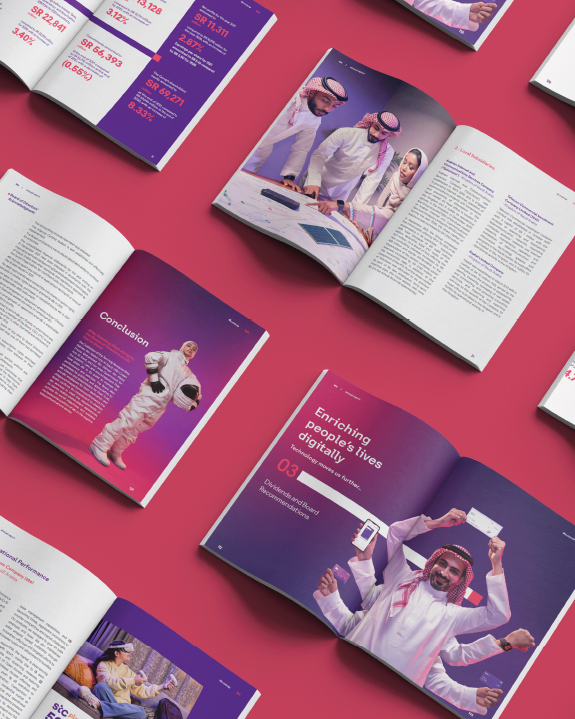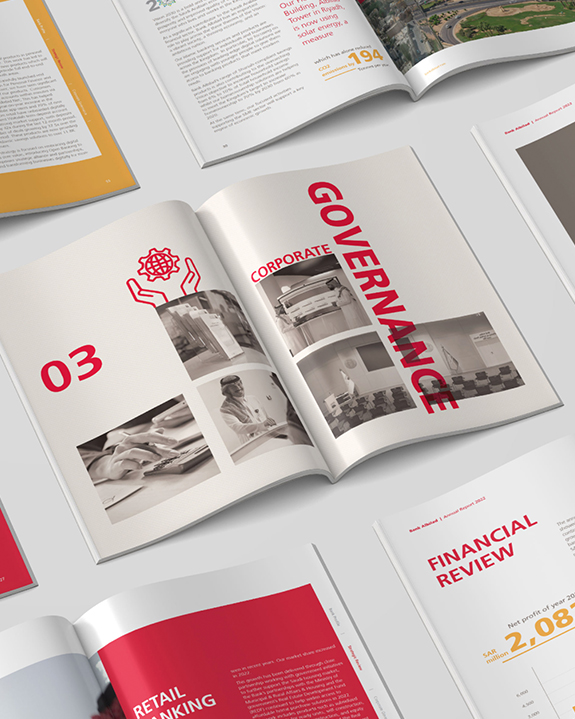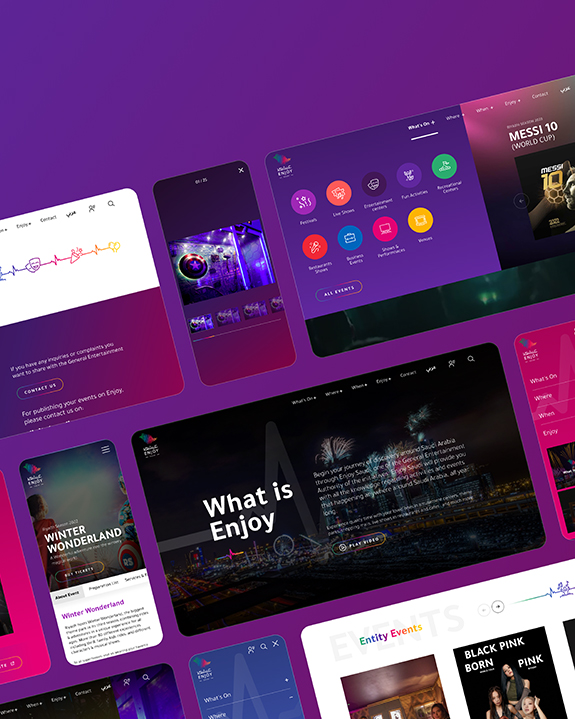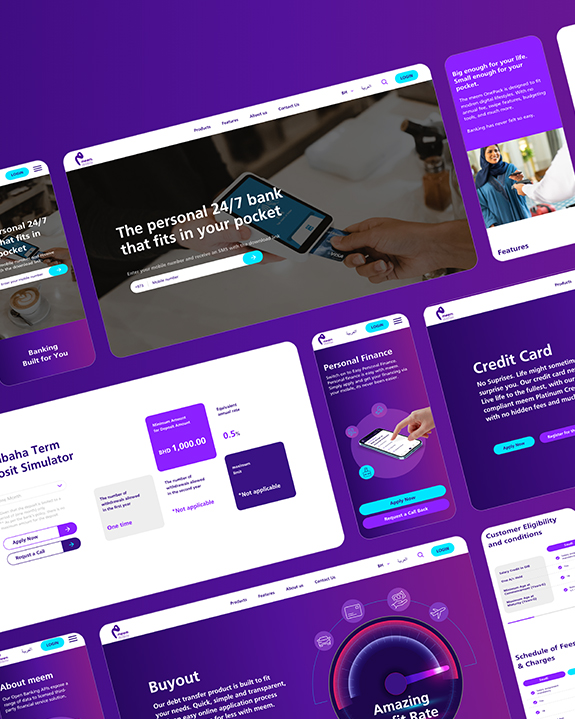From Confusion to Clarity
The ROI of Good UX in Government Portals
A confusing government website is frustrating and wastes thousands of citizen hours.
A parent trying to renew a passport. A small business owner applying for a license. A student checking scholarship eligibility. These are everyday interactions with government digital platforms across the GCC.
And yet, too many of these experiences are marked by confusion: unclear instructions, broken flows, non-responsive layouts, and language that alienates more than it informs.
The result?
Citizens abandon tasks, call support centers, or visit physical offices, costing time, money, and trust.
Why This Matters Now
Vision 2030, Bahrain’s Economic Vision, and the Dubai Economic Agenda all point toward a digital-first future. Governments across the GCC are investing in infrastructure, open data, and citizen-centric services. But while the backend systems are evolving, many front-end experiences haven’t kept pace.
This disconnect undermines the very goals of transformation. Because when citizens struggle to complete basic tasks online, the promise of efficiency and transparency falls flat.
For public sector leaders, the message is clear:
Digital transformation succeeds when systems serve people. But it’s felt through experience, and experience is designed.
UX Is a Public Service Multiplier
Good UX is a lever for operational efficiency and citizen satisfaction.
When government portals are designed with clarity, empathy, and responsiveness, they work better.
Citizens complete tasks faster. Support centers receive fewer calls. Compliance rates improve. And trust in public institutions grows.
This is where UX UI design services become essential. They help agencies move beyond technical delivery toward human-centered design, ensuring that every screen, form, and interaction serves a clear purpose.
The ROI of Good UX in Government Digital Platforms
Before diving into design tactics, it’s worth asking: what’s the return on investment?
For public institutions, ROI means fewer support calls, faster task completion, and deeper engagement, not just budget efficiency
For ministries, municipalities, and public agencies, the impact of good UX is tangible:
Reduced Support Costs
Clear flows and intuitive interfaces mean fewer calls and walk-ins.
Higher Task Completion Rates
Citizens finish what they start—whether it’s renewing a license or submitting a form.
Improved Compliance
When processes are easy to follow, users are more likely to comply with regulations.
Stronger Public Trust
Seamless experiences signal competence, care, and credibility.
In short, good UX turns digital platforms into public value engines.
Actionable Steps for GCC Government Teams
To move from confusion to clarity, public sector teams must rethink how they design and deliver digital services. Here are three strategic starting points:
Map Common User Journeys
Before designing anything, understand what citizens are trying to do—and where they struggle.
Why it matters
Reveals friction points and drop-off moments
Helps prioritize high-impact improvements
Aligns design with real-world needs
How to apply it
Conduct journey mapping workshops with cross-functional teams
Use analytics to identify common paths and bottlenecks
Simplify Language and Interface
Government language often feels formal, vague, or overly technical. Interfaces can be cluttered or inconsistent. Simplifying both is key to usability.
Why it matters
Reduces cognitive load and confusion
Makes services accessible to all literacy levels
Builds emotional clarity and confidence
How to apply it
Use clear labels, progressive disclosure, and visual hierarchy
Test with Actual Users—Not Assumptions
Internal teams often design based on what they think citizens need. But assumptions don’t scale. Real feedback does.
Why it matters
Validates design decisions
Uncovers blind spots and usability issues
Builds empathy and accountability
How to apply it
Conduct usability testing with diverse citizen groups
Iterate based on feedback, not internal preferences
UX Improvements and Their Public Sector Impact
| UX Focus Area |
Why It Matters |
Impact on Government Portals |
| Journey Mapping |
Aligns design with real user needs |
Higher task completion, reduced drop-offs |
| Simplified Language |
Makes services accessible and understandable |
Fewer support calls, improved citizen satisfaction |
| Responsive Website Design |
Ensures accessibility across devices and demographics |
Broader reach, better mobile engagement |
| Usability Testing |
Validates design with real users |
Fewer errors, stronger public trust |
| Visual Hierarchy |
Guides attention and reduces confusion |
Faster navigation, improved form completion |
| Feedback Loops |
Enables continuous improvement |
Agile updates, better long-term performance |
What feels simple to the citizen is often what saves hours across the system.
GCC Context: Why UX Is a Strategic Priority
Across Saudi Arabia, Bahrain, and the UAE, digital government is a present mandate. Citizens expect services that are fast, intuitive, and mobile-friendly. And with rising digital literacy, tolerance for poor design is shrinking.
Consider these scenarios:
A Saudi entrepreneur trying to register a business online.
A Bahraini resident renewing a national ID.
A UAE parent applying for school enrollment.
Each task is simple in theory, but without good UX, it becomes a source of frustration. And frustration erodes trust.
That’s why government digital platforms must be designed with empathy, clarity, and responsiveness. Not just to meet KPIs—but to serve people better.
What Government Teams Often Overlook
Public sector teams are under pressure to deliver fast. But speed without clarity leads to rework, complaints, and disengagement.
Here’s what’s often missed:
Design is not decoration.
It’s how citizens experience policy.
Clarity is not optional.
It’s the foundation of service delivery.
That’s why investing in UX UI design services is a strategic imperative. It ensures that digital platforms feel intuitive, inclusive, and aligned with citizen needs.
UX Is Public Value
When citizens succeed, the system succeeds.
Every completed task, every resolved query, every moment of clarity contributes to national transformation.
UX shapes outcomes that matter, faster services, fewer frustrations, and stronger public trust.
It’s how governments fulfill their promises and turn digital platforms into spaces citizens rely on.
So whether you're leading a ministry, managing a portal, or shaping digital policy, the message is clear:
Simplify every interface and message
Test with the people you serve
In the GCC, responsive design carries more than functionality, it signals strategic clarity, earns public trust, and delivers measurable value across every interaction.












